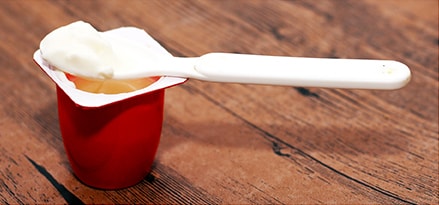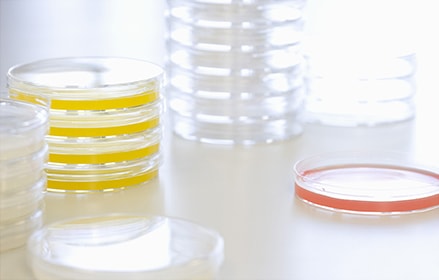
Primol™ 382
Primol™ 382 is a colorless, odorless and tasteless purified mixture of liquid saturated hydrocarbons. The transparent oily liquid is obtained from petroleum through several refining stages, including an ultimate purification by catalytic hydrogenation. Some of its features include:
- Manufactured to exceed the purity requirements of the Pharmacopoeias
- Superior chemical inertness
- Demonstrates better color and oxidative stability than most mineral and vegetable oils, when stored and used under controlled conditions
ExxonMobil White oils are produced and controlled according to the ExxonMobil Product Quality Management System, EN ISO 9000 or equivalent standard.
PDS Data Sheet
Applications
Primol 382 can be used in a variety of food-related, cosmetic and pharmaceutical applications subject to the applicable laws and regulations in each country (*).
Thermoplastics
Primol 382 is recommended as a food packaging-grade plasticizer in Polystyrene. It combines outstandingly low volatility and excellent compatibility with Polystyrene for optimal performance in General Purpose and High Impact PS grades. It can also be used:
- As an inert and protective catalyst carrier for polypropylene processes
- As an external lubricant for non-plasticized PVC
- As a pigment powder dispersant in master batch compounding
Elastomers and Adhesives
Primol 382 is typically used in the following applications:
- Production of food-contact or medical rubber articles such as EPDM or butyl rubber
- Extension of Thermoplastic Elastomers (TPE), such as SBS, SEBS or SEPS
- Formulation of Hot-Melt Adhesives used in sanitary products
Cosmetics and Pharmaceuticals
This product has many well-established applications in the pharmaceutical industry, including:
- Laxative jellies and ointments
- Component for many cosmetic products, such as creams and body lotions
(*) (*) User must check compliance with applicable regulations in each country.


